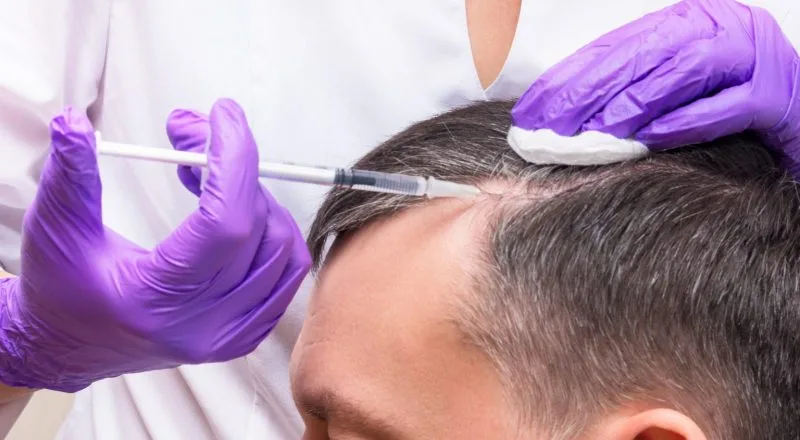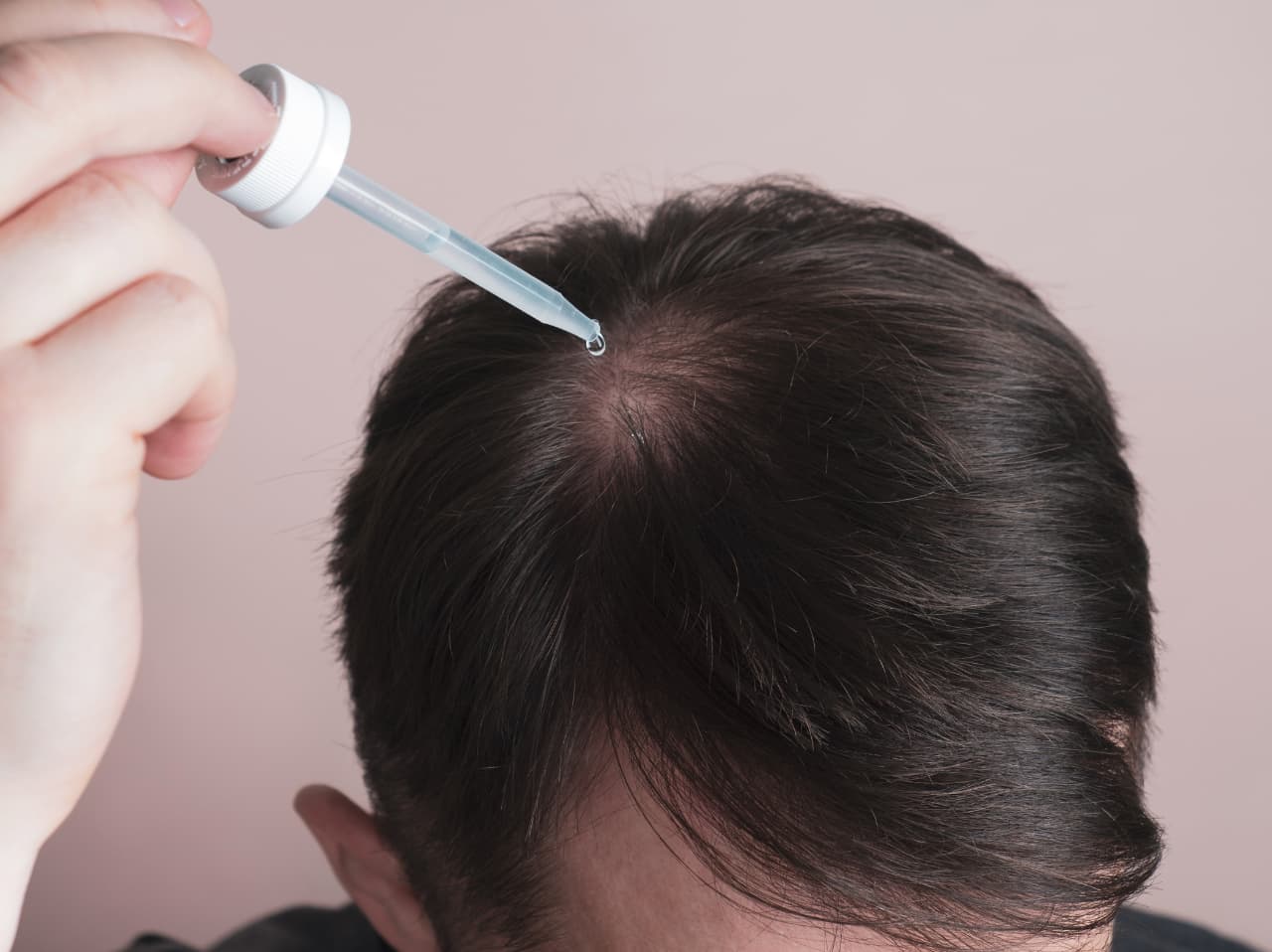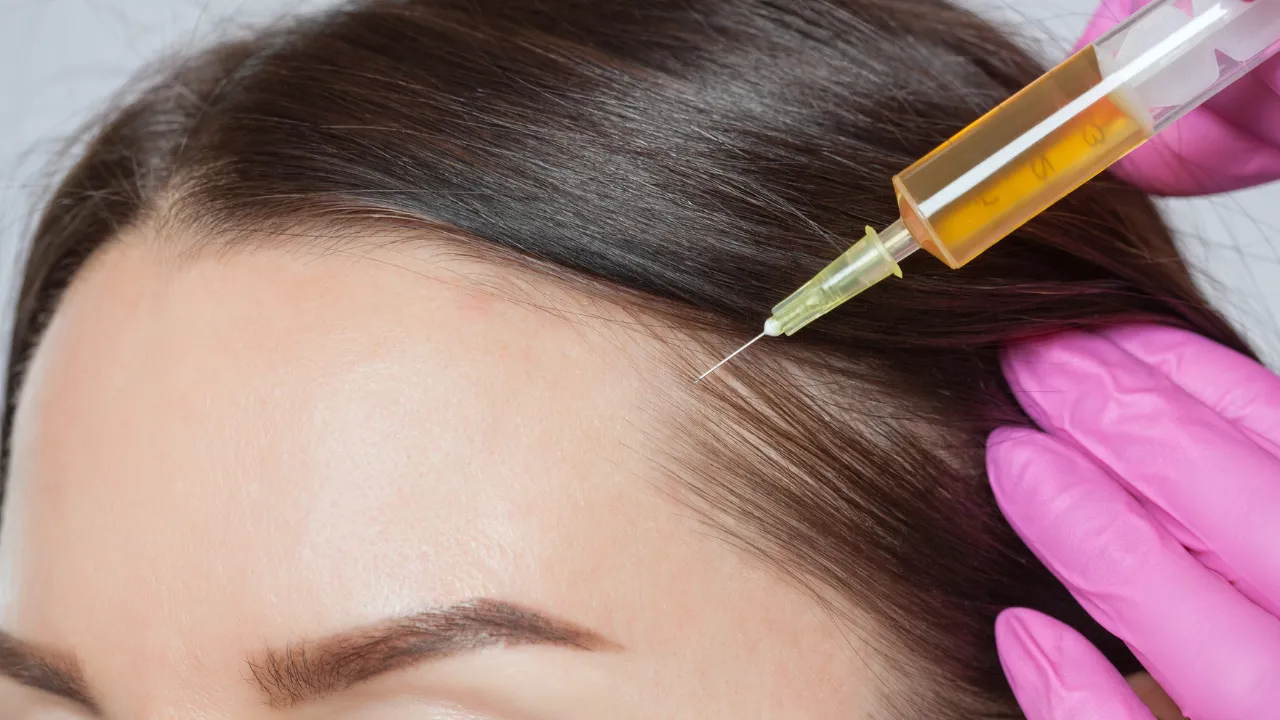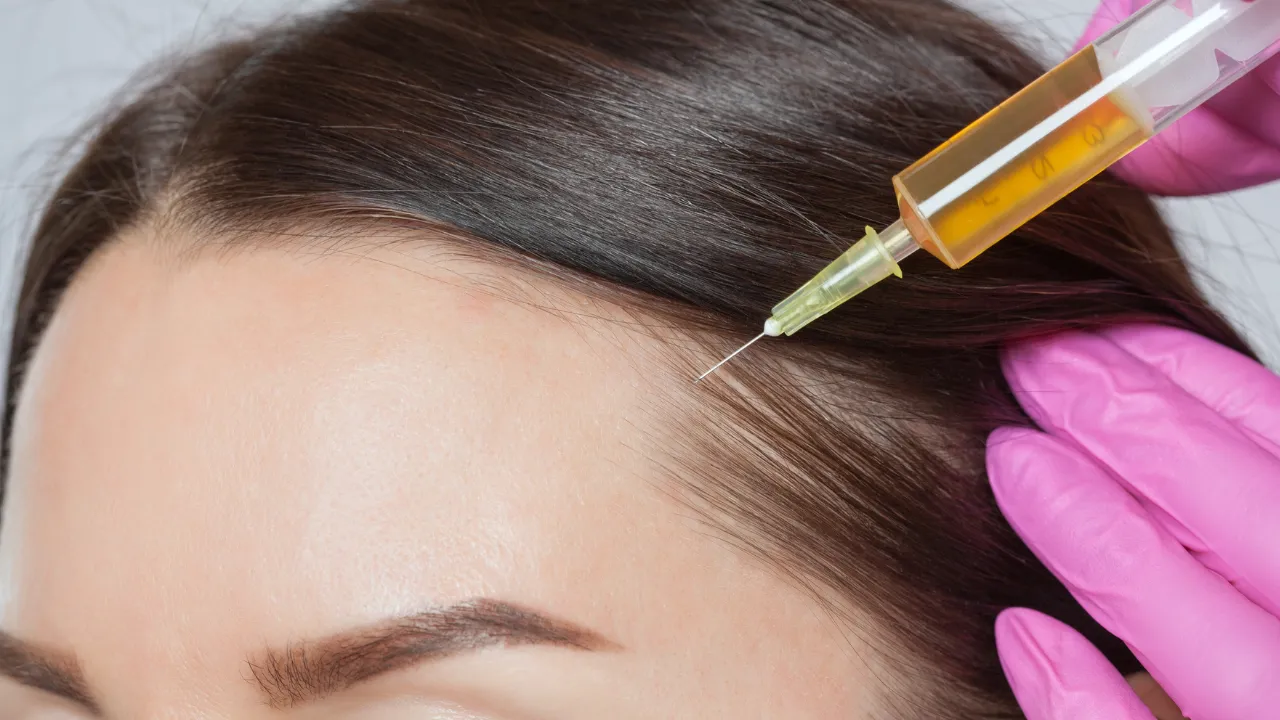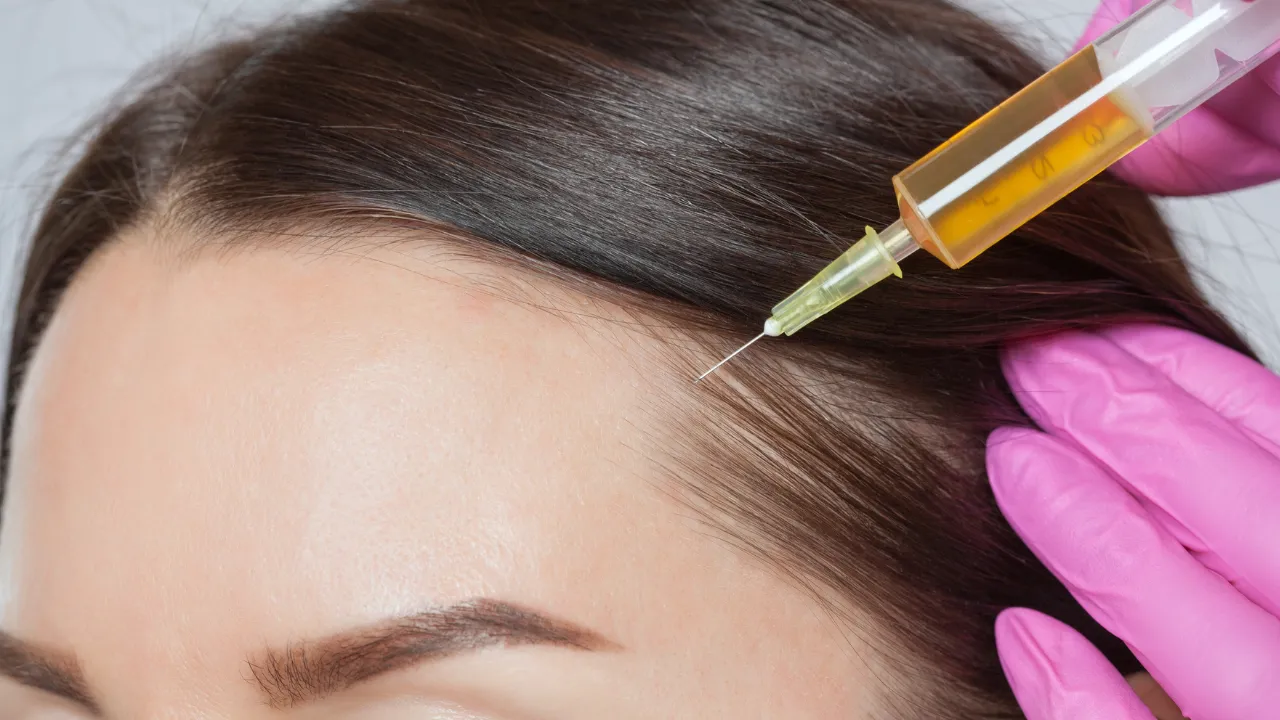Platelet-rich plasma (PRP) therapy is an innovative medical procedure for treating hair loss, joint pain, tendon injuries, and more. But one of the most common questions patients ask at Kopelman Hair is: “is PRP covered by insurance?” This guide explores the answer in depth, helping you understand what’s covered, what’s not, and how to navigate the system.
Why PRP Is Rarely Covered by Insurance
Experimental Classification and Lack of FDA Approval
PRP therapy is often considered experimental or investigational by health insurers. While PRP has shown promise in treating sports injuries, tennis elbow, and hair loss, it lacks broad FDA approval for most indications. This limits its classification as a medically necessary treatment, a requirement for most insurance reimbursements.
Variability in PRP Protocols and Outcomes
Another reason insurance won’t cover PRP is its inconsistency. PRP formulations vary in platelet concentration and preparation techniques. Without standardization, it’s difficult for insurers to measure outcomes, leading to hesitation in offering platelet-rich plasma insurance coverage.
Will My Insurance Cover PRP Injections in the USA?
What Insurance Companies Might Cover PRP
Many patients ask: does insurance cover PRP injections for joint pain or injuries? Some private providers may offer partial reimbursement if PRP is used to treat specific musculoskeletal conditions. However, what insurance companies cover PRP injections is mainly limited, and approvals are typically granted on a case-by-case basis. Pre-authorization and detailed clinical notes from a licensed specialist are often required.
When PRP May Be Covered for Medical Necessity
To increase the likelihood of approval, patients must show that other conservative treatments failed. In cases of tendon injuries, PRP may be considered if it’s the final treatment option before surgery. Documentation from clinical trials, MRI results, and physician endorsements help demonstrate medical necessity.
Does Medicare or Medicaid Cover PRP?
Does Medicare Pay for Platelet-Rich Plasma Injections?
In most cases, the answer is no. Are PRP injections covered by insurance like Medicare? Only under very narrow circumstances. Medicare may cover PRP for chronic, non-healing diabetic wounds under specific clinical settings, but it does not reimburse PRP for hair restoration, arthritis, or orthopedic use.
Medicaid Eligibility and State Variations
Medicaid coverage varies by state. Some states allow limited use of PRP for specific injuries, but most do not include rich plasma PRP therapy under essential health benefits. Always check with your state’s Medicaid office or your provider’s billing department.
Does Insurance cover PRP for Hair Loss?
Platelet-Rich Plasma for Hair Loss: Insurance & Limitations
Patients often ask: is PRP for hair loss covered by insurance? The answer is almost always no. Regarding hair restoration, platelet-rich plasma covered by insurance is extremely rare. Insurance typically classifies it as a cosmetic treatment, even though rich plasma PRP injections have been shown to stimulate hair growth and reduce inflammation in the scalp.
If you’re exploring PRP therapy for aesthetic purposes, read our full guide on how much PRP microneedling costs to plan your treatment effectively
PRP Treatment for Hair Cost: What to Expect
Hair-specific PRP sessions at aesthetic clinics like Kopelman Hair can range from $1,500 to $2,000 per treatment. Since the prp injection cost covered by insurance is usually $0 for cosmetic purposes, patients must plan for out-of-pocket payments.
PRP Hair Treatment Success Rate and Value
Results vary, but many patients experience visible hair thickening after 3-4 sessions. The effects of PRP depend on factors like age, genetics, and treatment consistency. While not guaranteed, it’s a minimally invasive and low-risk option with promising results.
How Much Does PRP Cost Without Insurance?
Average PRP Injection Cost
Outside of hair restoration, PRP injections for joint pain or sports injuries typically cost between $500 and $1,200 per session. Geographic location and provider expertise significantly influence the final price.
Typical PRP cost ranges by treatment type:
- Hair restoration: $1500 – $2,000 per session
- Joint pain relief: $600 – $1,200 per session
- Tendon injuries or tennis elbow: $500 – $1,000 per session
Hair-Specific Pricing and Treatment Packages
Kopelman Hair offers customized packages for PRP hair treatments, allowing patients to save when committing to multiple sessions. These bundles provide added value while maintaining clinical quality.
Payment Plans and Financing Options
Since platelet-rich plasma insurance coverage is limited, many clinics provide financing options. Flexible payment plans or partnerships with third-party healthcare lenders can make PRP more accessible to patients.
Is PRP Worth It If Not Covered?
Are PRP Injections Worth the Cost?
While not inexpensive, many patients feel the investment is worthwhile. PRP is a regenerative treatment that uses your blood to trigger healing and growth factors at the injection site, making it an appealing alternative to medication or surgery.
Comparing Results Across Use Cases
In sports injuries and tendon conditions like tennis elbow, PRP has shown efficacy in accelerating recovery. For hair loss, the visible thickening and improved density make it a preferred treatment option for many patients despite the cost.
How to Get PRP Approved by Insurance
Who Qualifies for PRP Treatment?
Patients with chronic conditions unresponsive to conventional therapies may be candidates. Physicians typically assess eligibility based on medical history, severity of symptoms, and failed treatment responses.
Appealing Insurance Denials Step by Step
If your request is denied, don’t give up. Work with your provider to:
- Request the denial letter and read the reasoning
- Submit additional clinical notes or imaging
- Reference any published clinical trial supporting your case
- Reapply with updated documentation
How to Submit Medical Documentation and Provider Letters
Ensure your doctor includes details like treatment history, diagnosis codes, effects of PRP, and medical necessity. Letters should be on official letterhead and signed by the treating specialist, such as Dr. Kopelman, who is widely respected in hair restoration and regenerative therapies.
At Kopelman Hair, we believe in transparency and education. While PRP is not broadly covered by insurance, it remains a robust medical procedure with proven potential. Understanding your coverage options and seeking expert advice can help you make an informed decision tailored to your needs.


